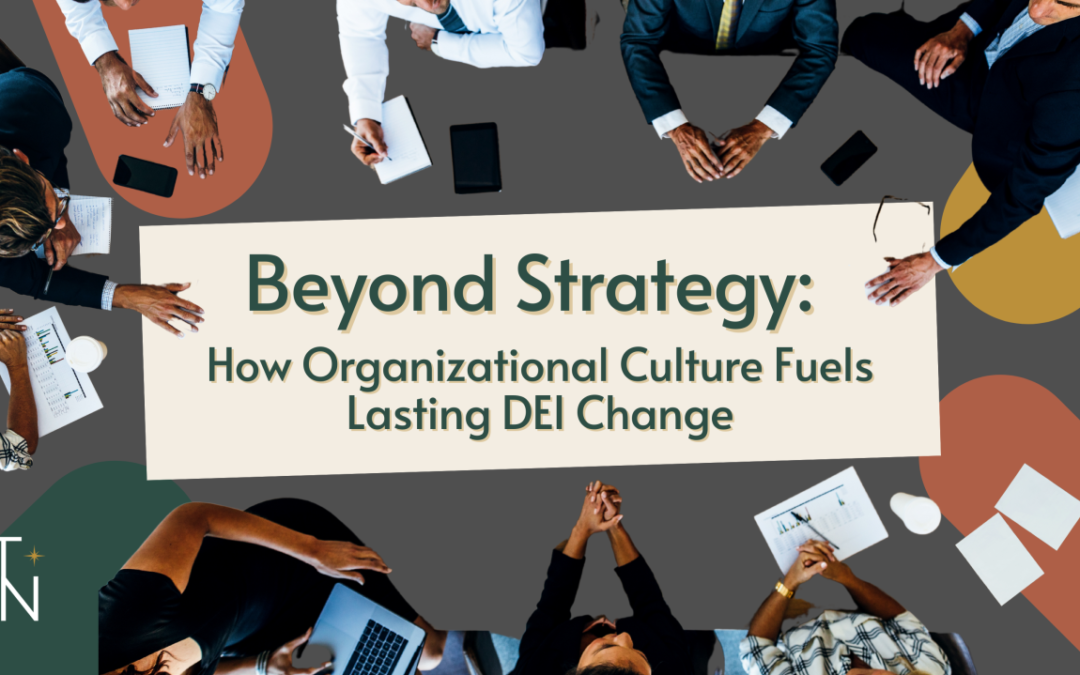DEI is often talked about in terms of aspirations and operations. Here’s the thing we want to do, and here’s the way we’re going to do it. A solid infrastructure in the form of a DEI committee, committed leadership and the guidance of a reputable DEI consultant should guarantee the closing of that gap. With that said, if we know what we want to do, and we can access the resources necessary to do it, why do we still stagnate, lose momentum or seem to fail completely? If it’s so simple, why doesn’t it work with more consistency?
At TNEDI, we’ve long felt that there’s a missing component to the aspirations and operations binary. (Indeed, most binaries leave out much of the picture). We define that component as the necessary conditions for success. The success of any DEI initiative or integration will be profoundly impacted by organizational culture, or, in simpler terms “the way things get done around here.”¹ Organizational culture is the pattern of assumptions and behaviors, symbiotically shaped by individuals and policies (made by individuals, shaped by policies, ad infinitum). Changing org culture can be hard- but we find it’s always worth asking: What ways of being need to be present and prioritized in order to support meaningful aspirations-to-actions work?
Here are three impediments to meaningful DEI change that work on both personal and organizational levels.
1. We still have a hard time sharing the truth.
Organizationally, we call this transparency. At the personal level, it’s honesty. There are a myriad of reasons we obscure the truth both personally and organizationally, and it typically has something to do with not wanting to upset people or cause unnecessary harm. If we dig a little deeper, however, in wanting to protect others from difficult news, we also want to protect ourselves from the responsibility of receiving or being accountable to those reactions. If this sounds familiar, try this…
Think of a time when you were on the receiving end of a lack of transparency or honesty. What would you have wanted to hear instead in that moment, even if it was difficult? Now, identify a current scenario either personally or professionally where a little more truth might be needed. Practice saying (or doing) what you would have needed when you were on the other side.

